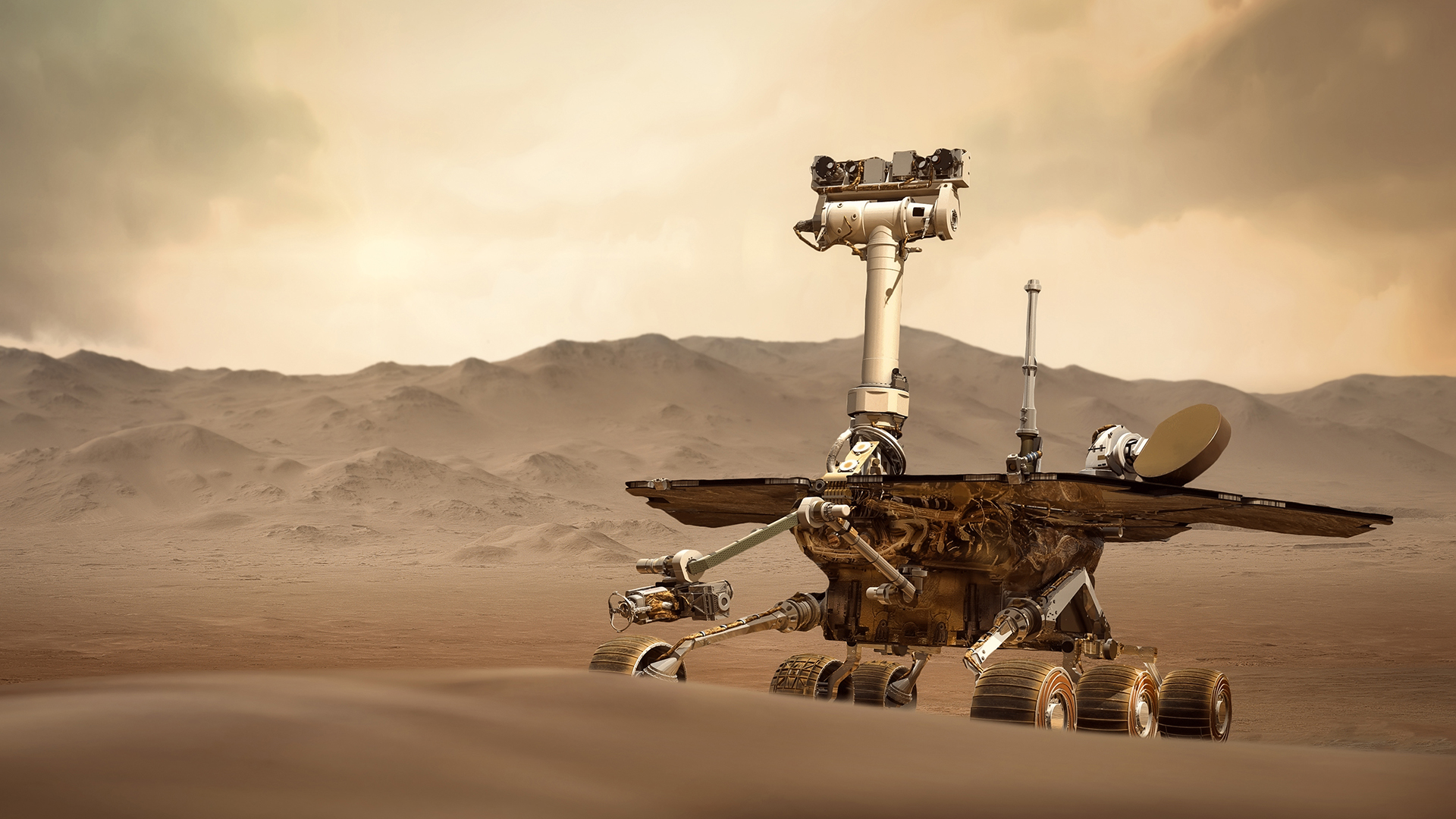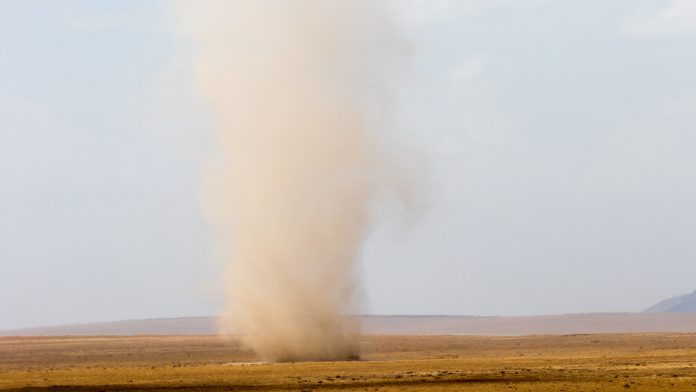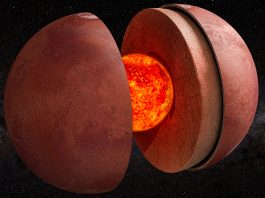Instruments onboard the Perseverance rover have captured the first-ever sound recording of dust devils – tiny tornadoes of dust – on Mars.
Perseverance’s SuperCam, a range of cutting-edge tools contained in the head of the rover, including advanced remote-sensing instruments with a plethora of spectrometers, cameras, and the first working microphone on the planet’s surface, has successfully recorded dust devils on Mars for the first time.
The study, ‘The sound of a Martian dust devil,’ is published in Nature Communications.
Roger Wiens, professor of Earth, atmospheric and planetary sciences at Purdue University’s College of Science, who leads the instrument team that made the discovery, said: “We can learn a lot more using sound than we can with some of the other tools. They take readings at regular intervals. The microphone lets us sample, not quite at the speed of sound, but nearly 100,000 times a second. It helps us get a stronger sense of what Mars is like.”
First sound recording of Martian dust devils
Perseverance’s microphone does not record sound continuously, instead recording for about three minutes every couple of days. That means that obtaining the sound of dust devils was extremely lucky but not entirely unexpected.
This is because in the Jezero Crater, the area of Mars in which Perseverance landed, the team has observed evidence of around 100 dust devils since the rover’s landing. However, this was the first time the microphone was on when the extraterrestrial whirlwind passed over. The dust devils’ sound recording, along with air pressure readings and time-lapse photography, allow scientists to understand the Martian atmosphere and weather.
Wiens explained: “We could watch the pressure drop, listen to the wind, then have a little bit of silence that is the eye of the tiny storm, and then hear the wind again and watch the pressure rise. The wind is fast — about 25 miles per hour, but about what you would see in a dust devil on Earth.
“The difference is that the air pressure on Mars is so much lower than the winds, while just as fast, push with about 1% of the pressure the same speed of wind would have back on Earth. It’s not a powerful wind, but clearly enough to loft particles of grit into the air to make a dust devil.”

Vital information for future Mars missions
The data obtained demonstrates that future astronauts will not have to worry about strong winds destroying antennas or habitats, and the wind may actually have some benefits. This is due to the breeze blowing grit and dirt off the rover’s solar panels – most notably the Opportunity and Spirit rovers, which may explain why they lasted so much longer.
Wiens concluded: “Those rover teams would see a slow decline in power over a number of days to weeks, then a jump. That was when the wind cleared off the solar panels.
“Just like Earth, there is different weather in different areas on Mars. Using all of our instruments and tools, especially the microphone, helps us get a concrete sense of what it would be like to be on Mars.”









